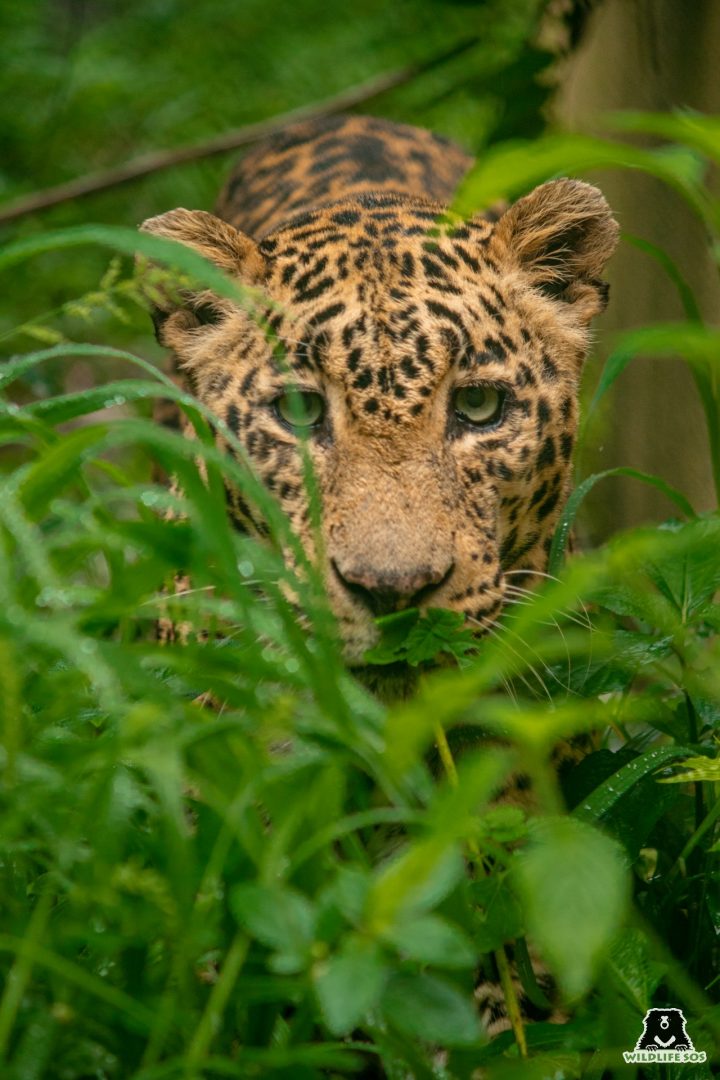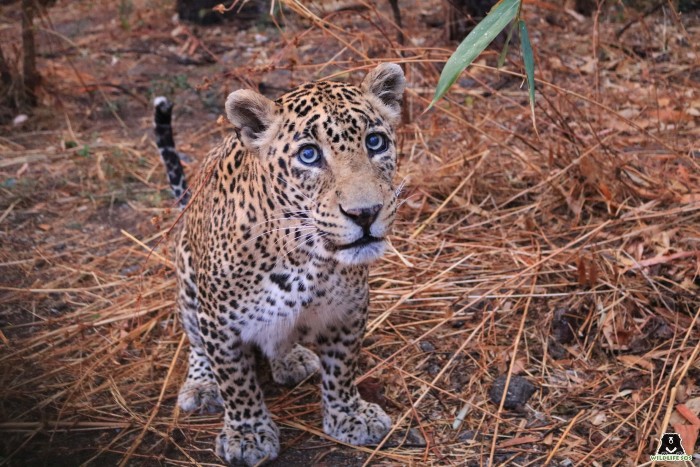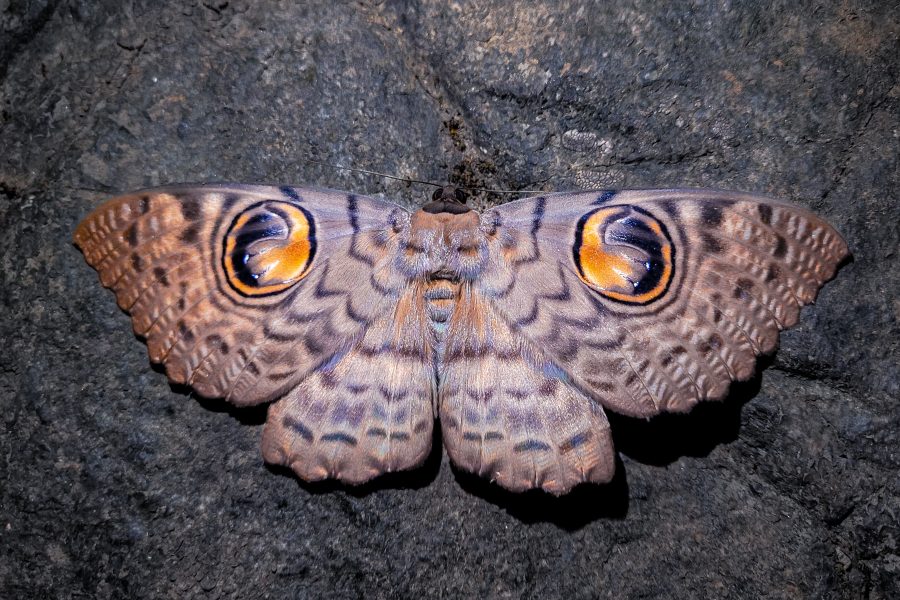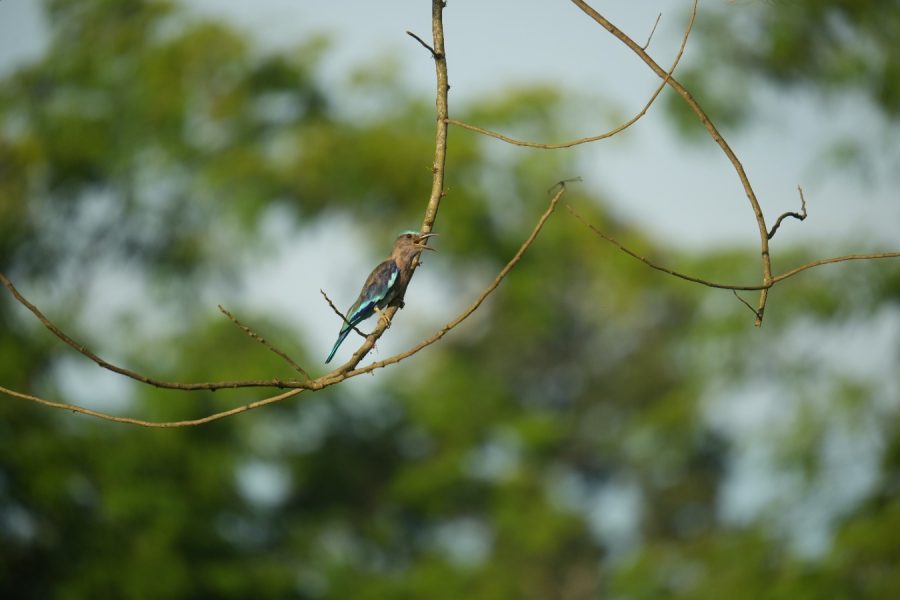At 25 years of age, Shiva was the oldest leopard, and the longest to live under the care of Wildlife SOS. He was provided with love and attention for nearly 20 years at the Manikdoh Leopard Rescue Centre (MLRC). However, his arrival at the rescue facility disclosed the harsh reality wildlife in our country continues to face.
Shiva was a victim of human-wildlife conflict in Mumbai’s Borivali, and was rescued by the Maharashtra Forest Department in 2004. After three years under their supervision, the care of this leopard was finally granted to Wildlife SOS. Shiva was, by then, six years old, faced grave danger and stood on the brink of becoming a tragic statistic of revenge killing.

At MLRC, which is located within the richly biodiverse Western Ghats in Maharashtra, Shiva was given a safe refuge akin to the forest. With kindness and patience, caregivers at MLRC ensured that Shiva received the space he naturally requires, as well as the care he deserved.
One of our resident photographers describes Shiva as being “a little aggressive, and not shy in nature”. He shares that Shiva, through all the eight years of him observing the leopard, was the perfect leopard to capture on camera. “Every picture made him look like he was still a cub!” he says. He remembered how the younger Shiva would actively move around the enclosure, and after his playful time, would love to sit and relax on his platform. In his later years as well, the ‘old chap’ of MLRC would climb up on the very same platform and keep a close watch on the centre, just like an elder member of a family!

However, if it was anyone who spent the most amount of time with this feline force, it was his caregiver Salim Sheikh. Salim had been taking care of Shiva since 2014, which translates to almost a decade of friendship, bonding, and trust. He explained how Shiva would strictly follow a schedule that he set for himself. “We could always predict where he would be sitting at a particular time,” he said. Shiva’s aggressive nature was his idiosyncrasy, and this best understood by Salim. When asked how Shiva would display his aggression, Salim said, “With little growls and some pacing.”
Gradually, there were certain other growls, different from these, that Salim fondly became accustomed to. Shiva was quite the communicator, as he would always growl in response to his name being called, a trait that Salim thought was the best thing about Shiva. In fact, his response was expressive in his physical gestures as well, and Salim recalls how Shiva would run towards his food as soon as he saw the meal.

“What will you remember the most about him?”
After a long, thoughtful pause, Salim responded, “I will remember him as being the most calm leopard at the centre. Through him, I got to see a leopard ageing, and how this changes their behaviour. Shiva was always strong, and an extremely responsive leopard.”
In July 2021, Shiva was diagnosed with chronic renal failure, and was provided with the necessary medical care. He had responded well to the treatment, and had even shown recovery.

But as time sailed unidirectionally, the tides waited for none. Shiva survived till the age of 25, a stark contrast to the average life expectancy of a leopard that lives only 13 to 14 years in the wild. At the tail end of his life, Shiva started displaying erratic feeding behaviour. He grew weak due to senility, and was seldom seen walking around his enclosure. Severe inappetence took over in his final two days, till Shiva finally breathed his last.
As the centre fell silent with the weight of his loss, it was Salim who spoke with a tender smile: “Not once did Shiva ever resist our gentle care.” Keeping his poignant words close to our heart, we bid Shiva our saraba, a final farewell.





